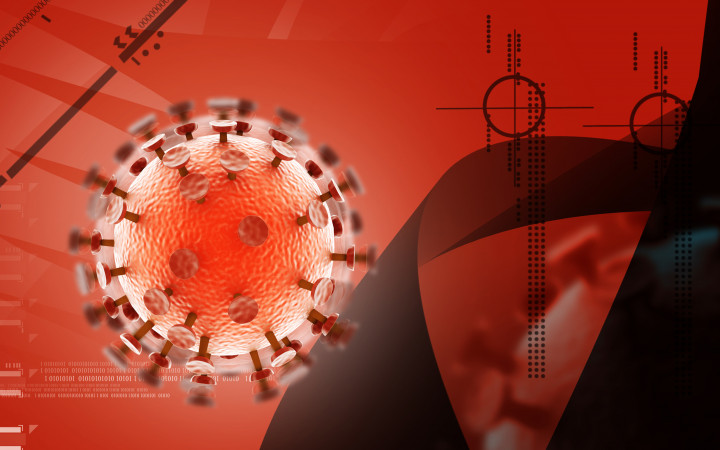Today’s Wonder of the Day was inspired by Dylan from New York, NY. Dylan Wonders, “What was AIDS?” Thanks for WONDERing with us, Dylan!
Kids today are pretty familiar with the words “epidemic” and “pandemic.” In this Wonder of the Day, though, we’re not talking about the COVID-19 crisis. Instead, we’re taking a closer look at an illness that was first reported over 40 years ago. Despite this, HIV and AIDS still affect millions of people today.
You may have heard people use the terms “HIV” and “AIDS” interchangeably. Many think they’re the same thing. That’s not quite correct, although the two are related. HIV stands for “human immunodeficiency virus.” It’s a virus that affects the immune system. By harming white blood cells, it lowers the body’s ability to fight infection. This can lead to serious complications from a variety of illnesses.
There are three stages of HIV. The first is called acute HIV infection. This stage may include flu-like symptoms such as fever, chills, and muscle aches. It’s also possible for a person to have no symptoms at all during this stage. For this reason, around 13 percent of people who have HIV don’t even know they’re infected.
The second stage is chronic HIV infection. It can last for years or even decades. People experiencing this phase of the infection may have no symptoms at all. However, they can still spread HIV to others. If treated, HIV may remain at this stage and never progress further.
The third stage of HIV is called AIDS. This stands for “acquired immunodeficiency syndrome.” When people have AIDS, they experience many severe illnesses. Their immune systems often cannot fight off infections. If left untreated, AIDS will lead to death.
Cases of HIV and AIDS were first reported in 1981. At that time, people understood very little about what HIV was and how it spread. Treatments at the time were also not very effective. Soon, HIV became an epidemic that affected many people around the world.
Unfortunately, people with HIV also faced a great deal of stigma early on. In many cases, they still do today. Those who don’t understand how the infection spreads are often afraid to be around people with HIV. However, this infection differs from many other viral and bacterial illnesses. It doesn’t spread through the air or on surfaces.
HIV spreads through contact with blood and certain other bodily fluids. This is why it’s important for anyone who comes in contact with blood or other fluids to use protective equipment, like gloves. However, HIV does not spread through sweat, saliva, or tears. People cannot get HIV by simply being near those who are infected.
Anyone can get HIV. Today, 38 million people around the world are living with the infection. Historically, some groups of people have been at a higher risk of infection. In the U.S., this is especially true for gay and bisexual men. The illness also more commonly affects Black and Latinx communities. The discrimination already faced by these groups often influences the stigma around HIV.
In the early years of the epidemic, progress was very slow in the study of HIV. Today, though, effective medicine is available. If treated in the first two stages, an HIV infection may never become AIDS. Even those whose illness has progressed to AIDS can live longer and healthier lives today thanks to treatment.
If you’re worried about the risk of HIV infection, talk with your doctor. They’ll be able to tell you about the best methods for prevention. Working together, people can stop the spread of HIV and AIDS.
Standards: CCRA.R.4, CCRA.L.3, CCRA.L.6, CCRA.R.10, CCRA.R.2, CCRA.W.2, CCRA.SL.4, CCRA.L.2, CCRA.W.4, NCAS.A.1, NCAS.A.2, NCAS.A.3




